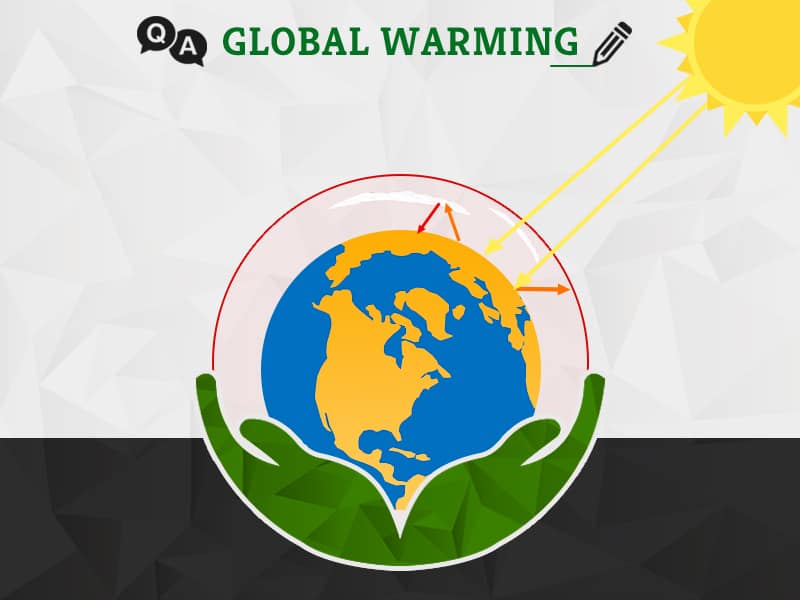Summary

Article Name
What is Global Warming Potential?
DescriptionGlobal warming potential helps understand and evaluate the impact of greenhouse gases towards global warming and climate change.
Author
Team GreenSutra
Publisher Name
GreenSutra
Publisher Logo
